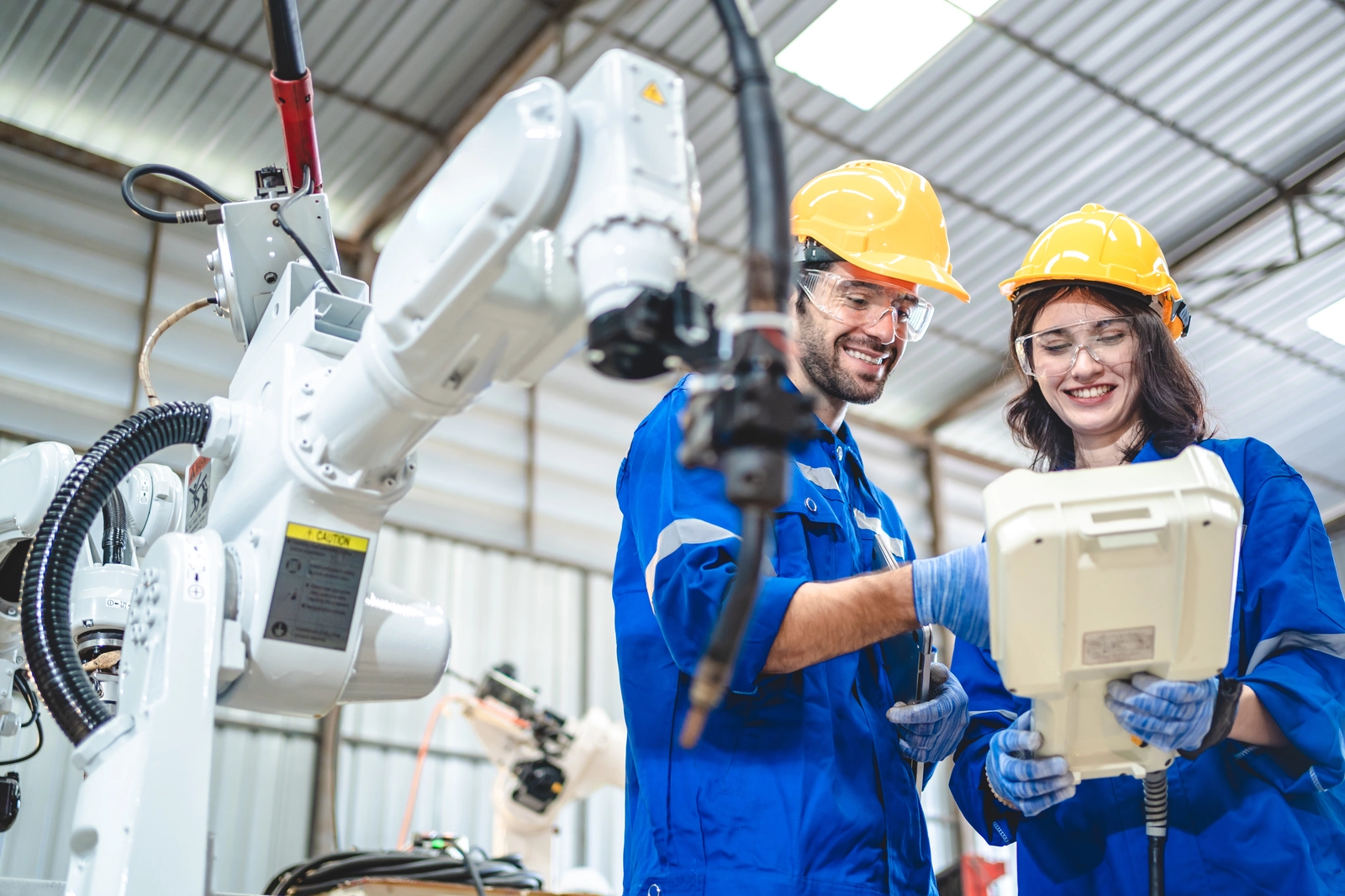Automated control systems have become indispensable across a range of industries, helping businesses enhance efficiency, streamline processes, and reduce the potential for human error. As the adoption of automation continues to grow, it’s essential to understand the various types of automated control systems that are most commonly used in industrial and commercial applications. These systems not only contribute to operational success but also form the backbone of more advanced technologies like artificial intelligence and machine learning. To learn more about how automated control systems fit into broader industrial applications, refer to The Complete Guide to Automated Controls for Industrial and Commercial Applications.
In this article, we’ll explore the different types of automated control systems that play a crucial role in industries such as manufacturing, energy, and building management.
Programmable Logic Controllers (PLCs)
Programmable Logic Controllers (PLCs) are perhaps the most widely recognized and utilized control systems in the industrial sector. These systems are designed to handle complex operations on manufacturing floors, controlling everything from machinery and conveyors to robotic devices. The versatility of PLCs has made them a staple in industries such as automotive manufacturing, food and beverage production, and pharmaceuticals.
PLCs operate in harsh conditions, such as extreme temperatures, moisture, and vibration, while maintaining consistent performance. They offer real-time response capabilities, ensuring that commands are executed almost instantaneously based on sensor inputs. This feature is crucial in manufacturing processes where precision and timing are essential.
Modern PLCs can also be integrated with larger systems, such as Supervisory Control and Data Acquisition (SCADA), to provide a more comprehensive approach to managing complex industrial processes.
Distributed Control Systems (DCS)
Distributed Control Systems (DCS) are specifically designed for managing large-scale, complex processes in industries such as oil and gas, petrochemicals, and power generation. DCS systems distribute the control function across multiple controllers or nodes, allowing for real-time monitoring and adjustments across a broad network of equipment and processes.
One key advantage of DCS is its ability to provide centralized monitoring while each part of the system operates autonomously. Even in the event of a controller failure, the system can continue to operate without significant disruption. This level of reliability is essential in industries where downtime could lead to severe financial and operational consequences.
Supervisory Control and Data Acquisition (SCADA)
Supervisory Control and Data Acquisition (SCADA) systems are essential for monitoring and controlling infrastructure over large geographical areas, making them ideal for industries such as utilities, water treatment, and energy distribution. SCADA systems provide a centralized platform for operators to supervise a network of sensors and control systems across multiple locations.
SCADA collects real-time data from sensors to ensure that processes run smoothly and efficiently. With advancements in technology, SCADA systems now integrate with Internet of Things (IoT) devices, enabling remote monitoring and predictive maintenance. This integration allows operators to automate system adjustments and enhance performance.
Building Management Systems (BMS)
Building Management Systems (BMS) are pivotal in commercial buildings, allowing for the automation of heating, ventilation, air conditioning (HVAC), lighting, and security systems. BMS optimizes energy consumption, improves occupant comfort, and reduces operational costs. For example, HVAC systems can automatically adjust based on occupancy levels, ensuring energy is used efficiently without compromising comfort.
Sustainability is a growing concern for many businesses, and BMS helps companies meet energy efficiency goals while staying compliant with environmental regulations. Integrating BMS with other control systems ensures that commercial buildings operate smoothly and sustainably.
Human-Machine Interfaces (HMI)
Human-Machine Interfaces (HMI) serve as the bridge between automated control systems and human operators. These interfaces allow operators to monitor and adjust processes without requiring extensive technical knowledge of the control systems themselves. HMI systems provide graphical user interfaces (GUIs) that display real-time data, allowing operators to make informed decisions quickly.
In modern facilities, HMIs are often integrated with mobile devices, enabling operators to monitor systems remotely. This flexibility is critical in large-scale operations where centralized monitoring may not always be practical.
Why Choose TRLINK for Automated Control Systems?
Understanding the different types of automated control systems is vital for businesses looking to improve efficiency and scalability. Whether you’re considering PLCs for manufacturing, SCADA for utility management, or BMS for commercial buildings, TRLINK provides customized solutions tailored to meet your specific needs.
For expert guidance and consultation on how to implement or upgrade your automated control systems, schedule a consultation with our team at TRLINK. We’re here to help you enhance your operations and achieve greater efficiency across your business.


